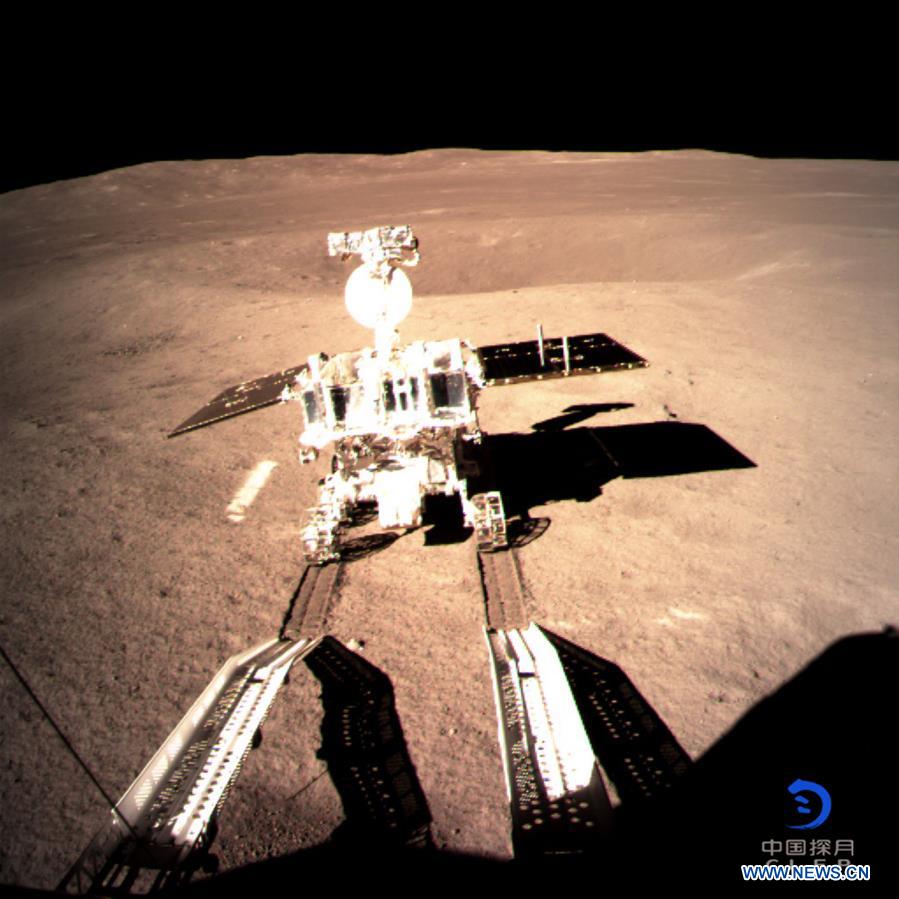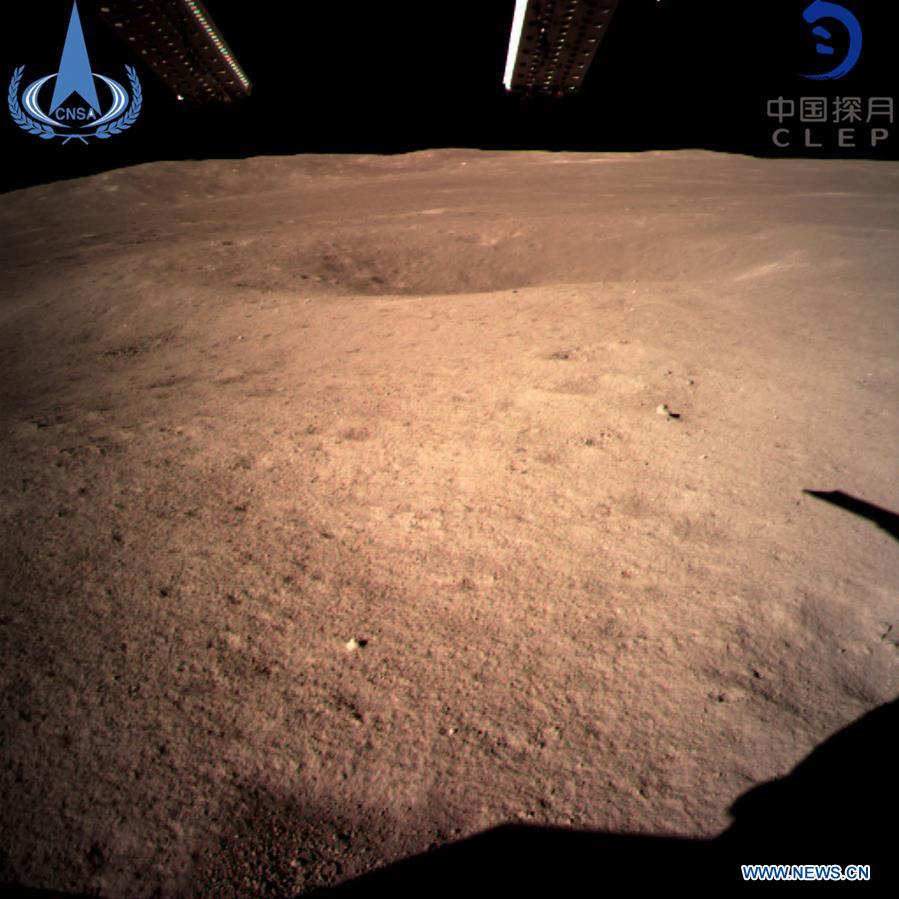China shines light on the dark side of the moon
- By Sajjad Malik
 0 Comment(s)
0 Comment(s) Print
Print E-mail China.org.cn, January 4, 2019
E-mail China.org.cn, January 4, 2019

China's mission to explore the far side of moon has met with resounding success. The unmanned Chang'e-4 has landed safely in the South Pole-Aitken Basin, which until now has remained unseen and unexplored.
Launched nearly a month ago on Dec. 8, 2018, from Xichang Satellite Launch Center in China, the spacecraft reached lunar orbit five days later. The final landing was carefully maneuvered due to complexity of the mission.
The latest lunar touchdown makes China the first country to land a robotic vehicle on the so-called "dark side of the moon," so called because this part of the moon never faces towards the earth and cannot be seen directly from our planet.
For China, the mission has proved groundbreaking due to the scientific precision required. The journey began with the missions of the first Chang'e to explore orbits and gather data, followed by the Chang'e-3 touching down on the near side of moon in 2013.
The success of the Chang'e-3 paved the way for a far riskier and complicated venture to land the Chang'e-4 on the far side of the moon. Thus, the voyage that started in 2003 has now proved a star-studded success.
Now that the Chang'e-4 has landed, part two of the probe mission begins, which involves taking images and study samples from the dark side of lunar surface. The probe vehicle is outfitted with the latest equipment for this purpose. After collecting data, China will be the first nation to access new knowledge about the other side of the moon.
The successful unmanned mission may lead in time to further manned missions on the surface of this ancient neighbor of Earth. China has already announced its determination to do so, but it will take time, as the next objective is to send the Chang'e-5 and 6 as return missions to bring additional samples of lunar rock and soil.

The landing of the lunar probe has coincided with China's celebration of the 40th anniversary of reform and opening up of the country. These four decades have witnessed unprecedented progress on every front, and have seen China's rise as an economic power house.
China is poised for more missions into deeper space as it now has material resources and technical wherewithal to launch expensive and complex undertakings. The beginning has been made, but the journey to explore the unimaginable reaches of the universe is endless.
China and all those involved in the Chang'e-4 enterprise should be applauded for landing a man-made vessel on that part of the moon which is too shy to show itself to Earth. And all who dare to traverse the unseen cosmos deserve accolades for extending the infinite possibilities of mankind.
Sajjad Malik is a columnist with China.org.cn. For more information please visit:
http://www.china.org.cn/opinion/SajjadMalik.htm
Opinion articles reflect the views of their authors, not necessarily those of China.org.cn.






Go to Forum >>0 Comment(s)